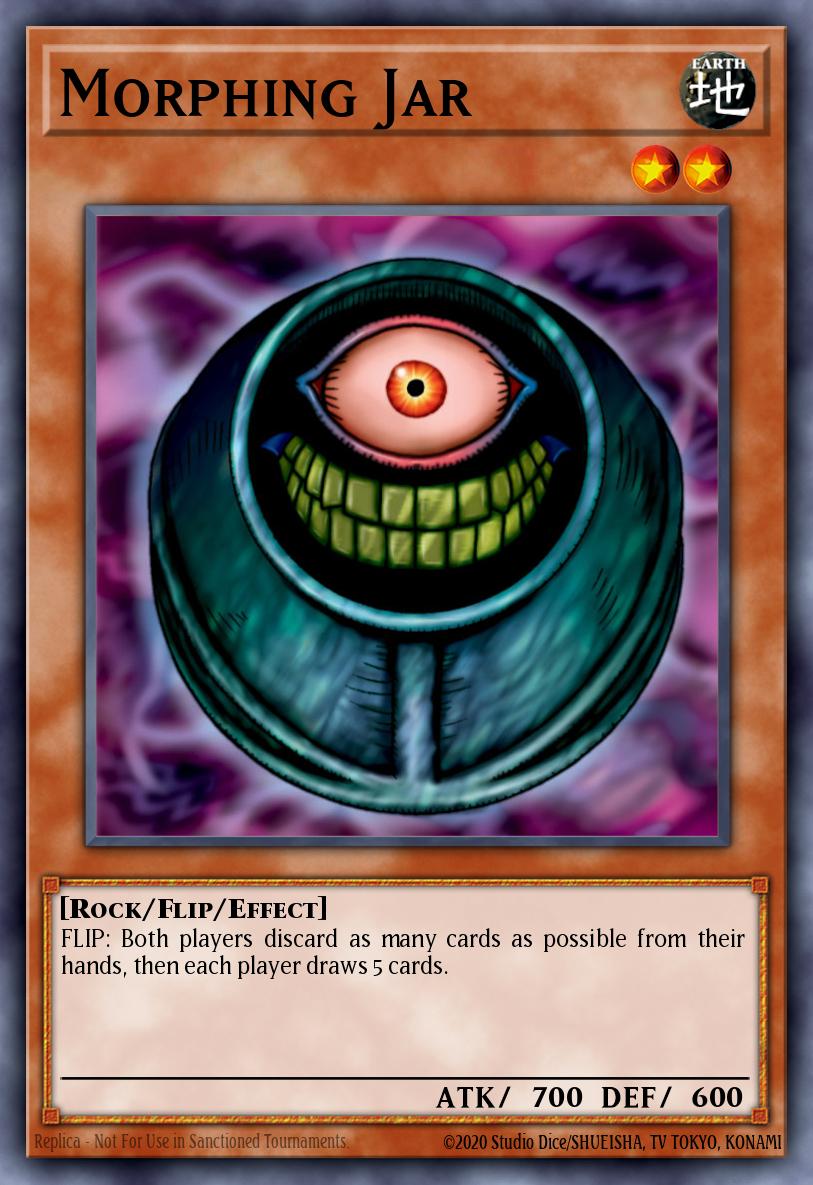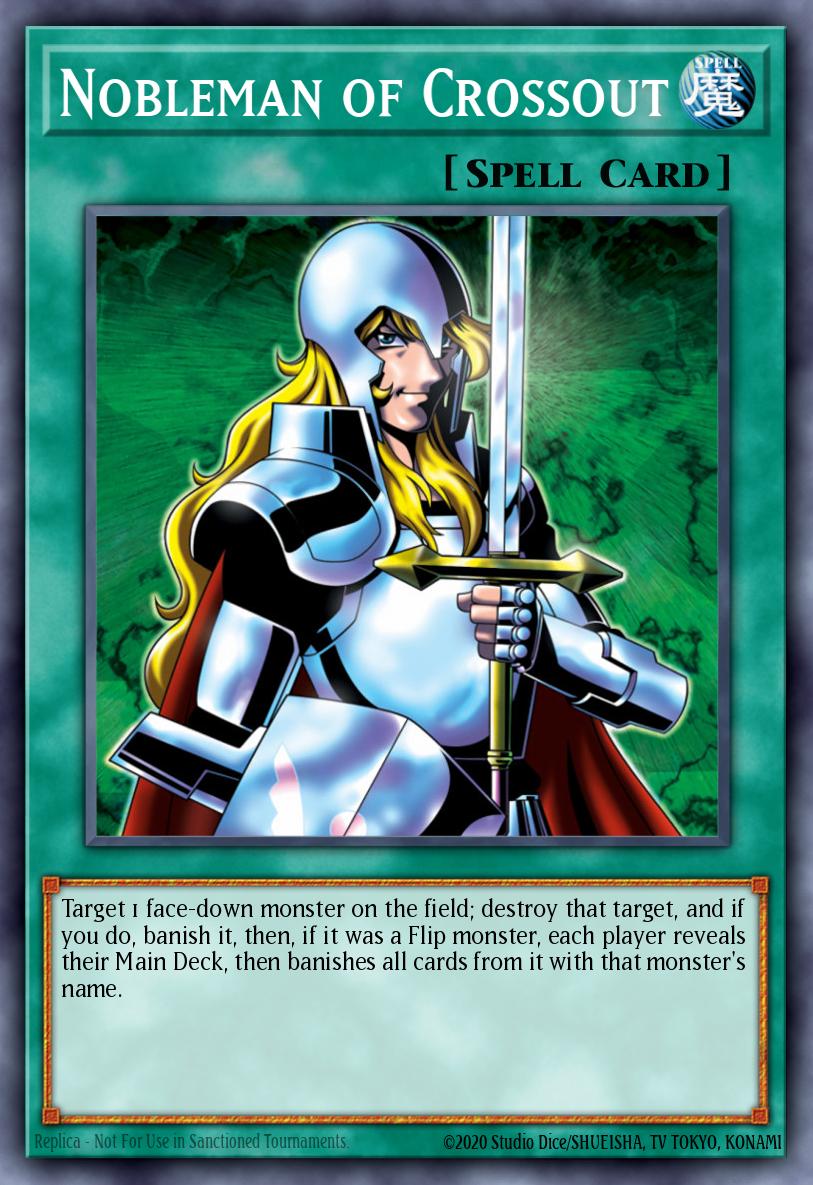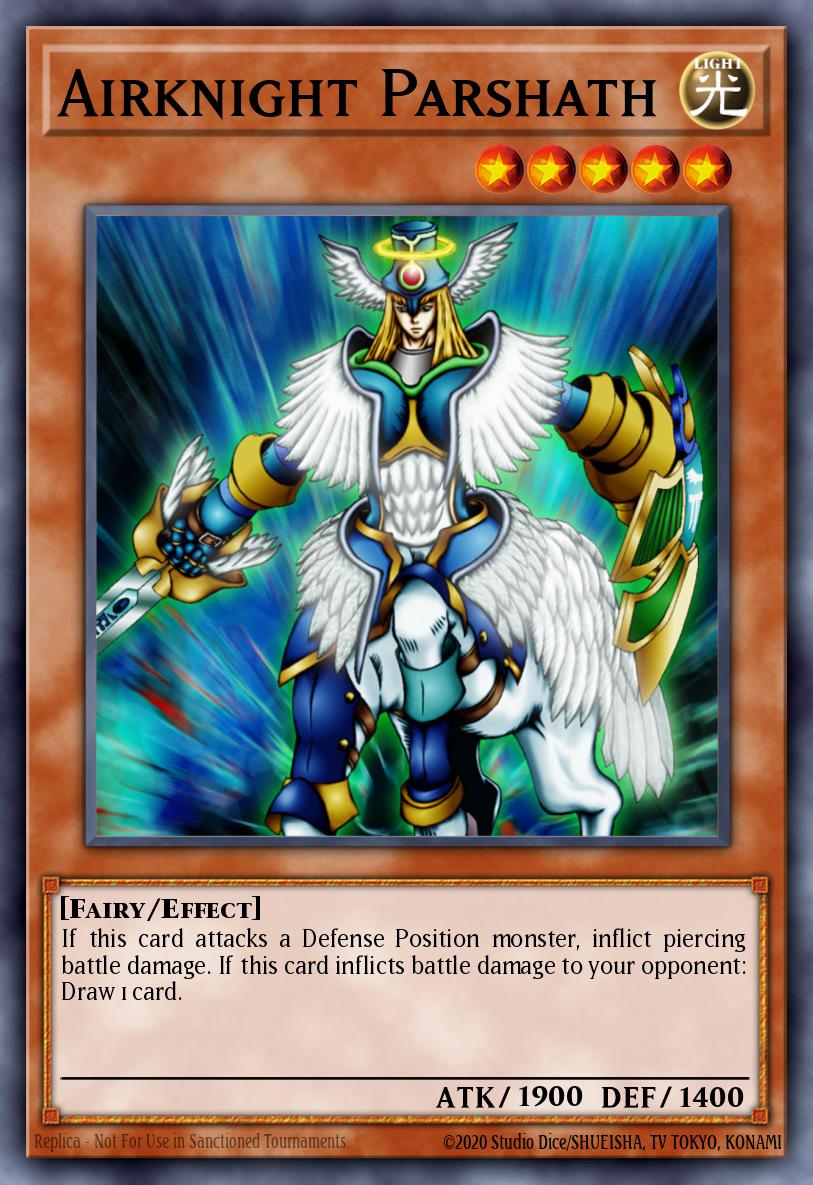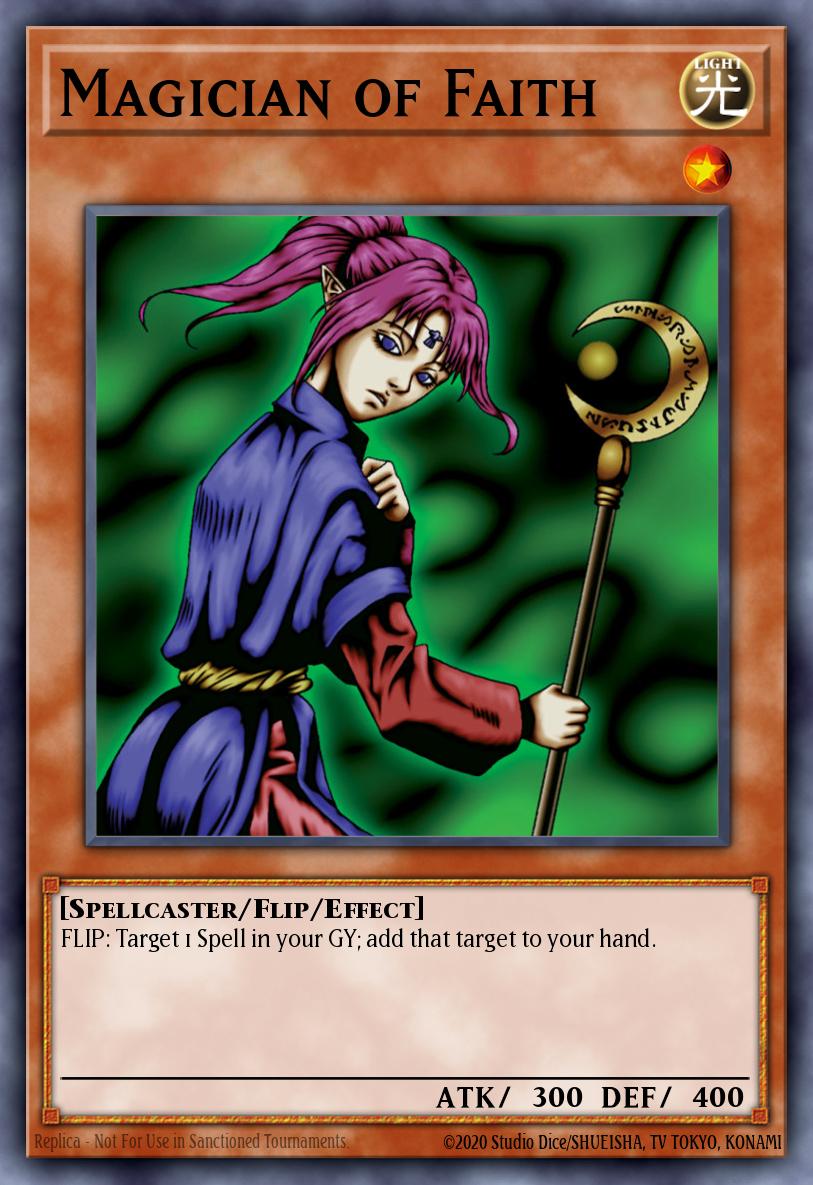Morphing Jar in Goat Format - An Introduction
 If you take a look at any "standard" Goat Control list, such as this one, you can see Jar right there in the monster lineup. And if you look at historic lists from 2005, Jar popped up occasionally, mostly in the decks of already-established pro players. A lot of that had to do with players' access to the card - considering it was a Tournament Pack card, not everyone could get their hands on it.
If you take a look at any "standard" Goat Control list, such as this one, you can see Jar right there in the monster lineup. And if you look at historic lists from 2005, Jar popped up occasionally, mostly in the decks of already-established pro players. A lot of that had to do with players' access to the card - considering it was a Tournament Pack card, not everyone could get their hands on it.Luckily for modern Goat Format players, Morphing Jar has been reprinted a number of times since then. Getting your hands on one today shouldn't be difficult, and it's even easier if you play primarily online.
In terms of its use as a card, Jar is a gangbuster. It is one of the most powerful cards in the entire format. Its ability to swing the momentum and shift the tempo from one player to another is simply outstanding. The mind games that come with it are top notch.
However, actually playing it correctly, and maximizing the value of its resolution, is one of the hardest things to do in Goat Format. And that's what we're going to focus on today.
Why we Play Morphing Jar in Goat Format
Morphing Jar is not a card that is seen in every deck. Jar is mostly played in Goat Control because Morphing Jar is most definitely a control card. It has a number of uses, assuming one plays it correctly:
- Fix bad hands
- Disrupt an opponent's plays
- Discard opposing threats
- Mitigate advantage disparity
- Overcome early Delinquent Duo plays
- Psyche the opponent out
- Widen the advantage gap
- Setup the graveyard
If you have played against Morphing Jar in Goat Format, or seen it played, you at least know a bit about how powerful it can be. In high-level modern Goat Format games, Jar constitutes a significant threat that one must always be on the lookout for. There are few cards that can swing the game the way Morphing Jar can.
The many facets of Morphing Jar
 Morphing Jar is the definition of high risk/high reward. It's a card that you absolutely must understand how to play to have any shot of using it effectively. And simply reading about it in an article won't be enough to grasp its intricacies; you have to play with it, and against it, and read about it, and think about it in order to get a grasp of how insanely good it is.
Morphing Jar is the definition of high risk/high reward. It's a card that you absolutely must understand how to play to have any shot of using it effectively. And simply reading about it in an article won't be enough to grasp its intricacies; you have to play with it, and against it, and read about it, and think about it in order to get a grasp of how insanely good it is.The goal of any Morphing Jar play is to surprise the opponent, gain advantage, and swing the momentum to your favor. But there are a lot of wrong ways to play Morphing Jar, and a lot of people have misconceptions about how or why it is used.
For instance, setting Morphing Jar turn one can single-handedly decide a game. But if you're not protecting it, or if your hand is weak to a Morphing Jar play, it may be better to set it.
Sometimes it's your only play, which means you want to bluff out Nobleman of Crossout before you set it. More importantly, you don't want to have to rely on it to get back into a game. In this regard, Morphing Jar takes time to setup properly before you execute the play. A lot of people like to wait until an opponent has a significant advantage before they activate it. This of course isn't a bad idea, but you don't want them to gain that advantage if you don't have to.
Something a lot of people do is draw Jar and immediately want to see it go off. Patient play is important with Morphing Jar; you don't always have to set it up to make sure it goes off. Sometimes it's better to just maintain advantage generation and aggression without playing it.
If there is a general rule of thumb for playing Morphing Jar, it's that you should aim to play it when the chances of an opponent setting a monster against it are at its highest. (Thanks to Logic from DuelistGroundz for summing that up) When that situation arises will be different from game to game, but ultimately, you want to set it when the chances of it actually resolving are high.
Getting the most of your Morphing Jar
 To get the most out of Morphing Jar you have to know why you're setting Jar. Are you trying to get back in the game, or widen the advantage gap? Are you setting it just because it's your only monster? What are you likely to draw off if it goes off? What is your opponent likely to draw off it?
To get the most out of Morphing Jar you have to know why you're setting Jar. Are you trying to get back in the game, or widen the advantage gap? Are you setting it just because it's your only monster? What are you likely to draw off if it goes off? What is your opponent likely to draw off it?Having an idea of what you're likely to draw is something you really have to keep in mind when setting up a Jar play. More importantly, you should be cognizant of what your opponent might draw as well.
A commonly-touted play is to setup the Morphing Jar play when your chances of drawing into Airknight Parshath are higher. This way, you can flip Jar, then tribute it for Airknight to draw an extra card. Setting a Delinquent Duo prior to flipping Jar, and then sacking for Airknight, is an absolutely busted play. But of course that's best-case scenario.
If you're deep into your deck and you've yet to see Heavy Storm or Black Luster Soldier - Envoy of the Beginning, Jar can be a great way to dig for them. That's a game-ending scenario right there. It's risky, especially considering how many cards Jar can run through in a single turn. But it can also single-handedly end the game if played at the right time.
Situational awareness will go a long way to executing a successful Morphing Jar play. It's easy to just set it, but you don't always want to do that, especially if you have a bunch of good cards in hand. And in Goat Format, most every card you play against is a good card, at least in the competitive sphere.
Reading the Morphing Jar
 One of the best skills you can have when playing Goat Format is simply reading cards well. This goes along with understanding the why, just like when you're trying to get the most out of your Jar. Except in this case, you're trying to figure out why the opponent is playing it.
One of the best skills you can have when playing Goat Format is simply reading cards well. This goes along with understanding the why, just like when you're trying to get the most out of your Jar. Except in this case, you're trying to figure out why the opponent is playing it.Reading cards is akin to guesswork until you understand some of the psychology behind the game. For starters, we should always assume that our opponent is a good player. We should assume that they won't be making many mistakes in-game, and that includes misplaying Jar. We all misplay occasionally, even pro players. But we should never assume that our opponent is bad at the game.
This is going to help us read any opposing Jar - and really any opposing play - more easily.
Reading the Jar isn't easy, but there are many ways that people misplay when using it. For instance, setting two or three backrow and a monster - that's a big red flag. Has your opponent been playing passively? They could have a weak hand, which would make a Morphing Jar play with 3-4 in hand more likely. Are they low on cards and haven't been setting much? What about the advantage gap - is your opponent down by a lot? If they are, and they set a monster with multiple backrow, that could be Jar.
Of course, all of these are guesses. And that's what reading is, by the way, at least in Goat Format - guessing as to what your opponent is playing. Sometimes it's pretty obvious what they've set. Sometimes it's not. But the most important thing is to practice and understand the situations and what works best in that situation.
Learning how to read your opponent's cards will also help you identify how easy it is to read your cards. If you play the same basic way every time, against the same people all the time, you start to get predictable. Of course, some major plays are pretty predictable - flipping Magician of Faith for Delinquent Duo, for instance, or playing Premature Burial on Airknight Parshath to put in damage. But if you're too predictable, a good player will be able to play circles around you.
It's important to make sure you're not making yourself too easy to read. The best way to do this is to learn how to read cards by asking yourself why the opponent is doing what they're doing, and then applying it to your own play. And getting good at that comes with practice and experience.
Conclusion
Morphing Jar is one of the best and most aggravating cards in Goat Format. And before I end this article, you really should check this video out. It's from Kris Perovic, playing a Goat Format match against Allen Pennington. It only lasts a couple of minutes, but the entire video is an absolute gold mine and you should watch it if you want to get better at Goat Format. Regardless, it's a cool window into the mindset of a top Goat player and a good example of the kinds of things you want to watch for regarding Jar.
That's it for this time. As always, you can contact me at [email protected] if you have questions or comments. Also make sure to bookmark YGOPRODeck.com for the latest news, information, decks and strategies about modern and vintage Yu-Gi-Oh!.




